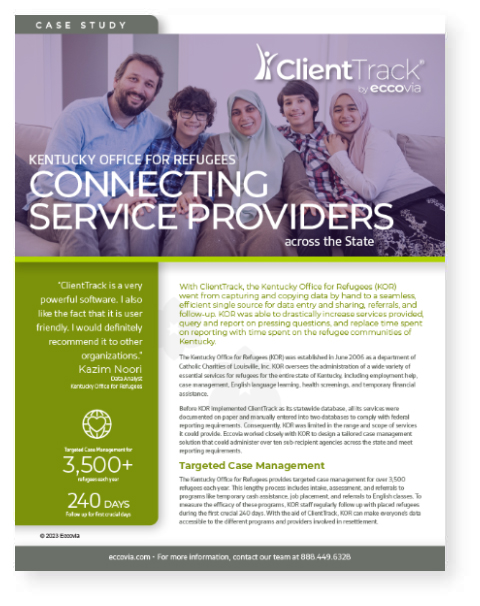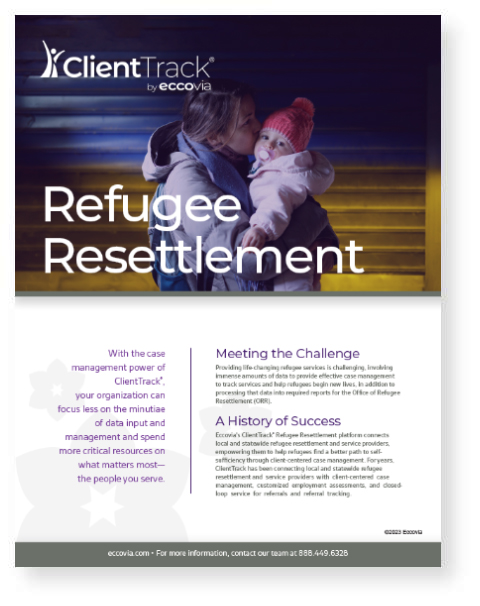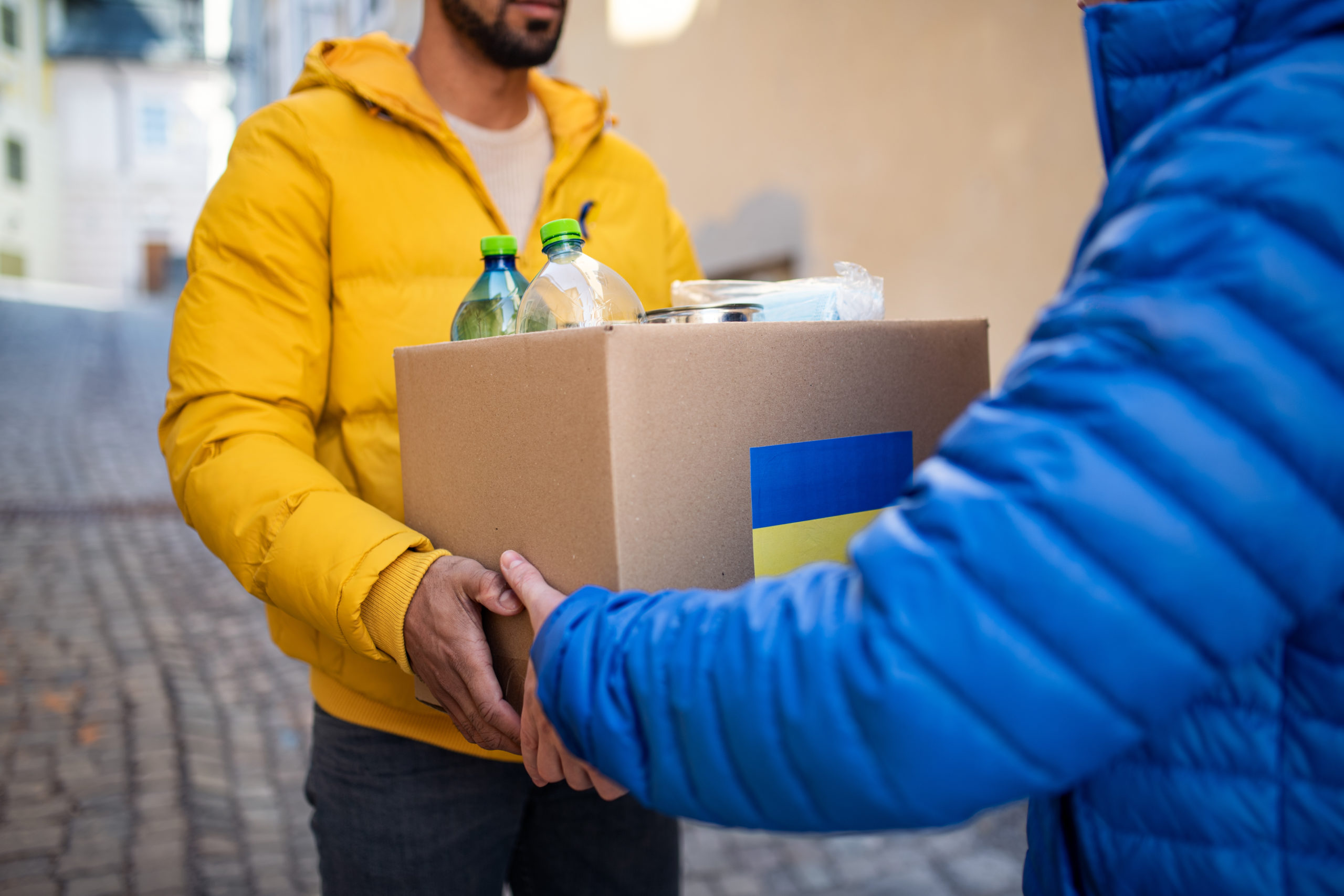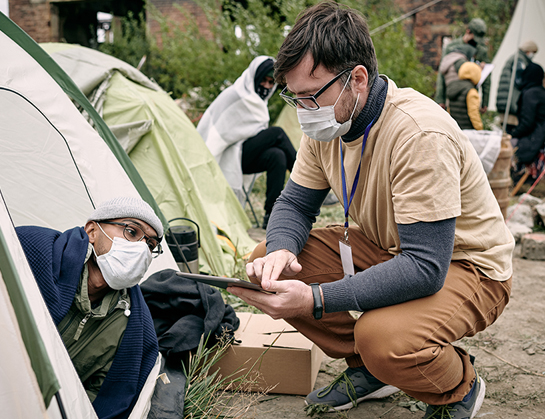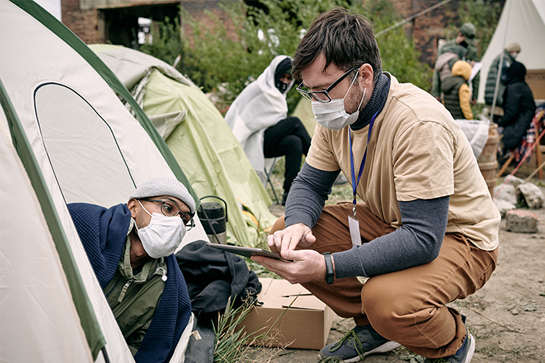Helping Refugee
Resettlement Agencies
Help Their Clients
- Easy and comprehensive data and service management
- Integration with third-party tools
- Faster and easier reporting
- Robust toolset beyond required features
- Flexible and adaptable
Refugee service organizations are faced with complex workflows, time-sensitive compliance, and intense care coordination—all in the service of asylum seekers, immigrants, refugees, and other groups who are experiencing a delicate transition in their lives.
ClientTrack for refugee services comes in.
Reporting and Data Analysis
Compliance and reporting are always top of mind for any agency. Reporting data in a specified format, whether it be state, federal, or local, is often a hurdle that takes away time that could be spent toward client services. ClientTrack makes it easy to gather clean data, query it, and analyze available data to inform strategic plans.
Intuitive ORR Compliance
Industry-Focused Functionality
Track ORR-funded Services
- Refugee cash assistance
- Refugee medical assistance
- Refugee support services
- Preferred communities
- Refugee career pathways
- English-language training
- Health screening
- Cultural orientations
- Employment orientations
Highly Configurable System
Higher Productivity
Want to Learn More?
Use the button below to schedule a quick demo and learn how ClientTrack can help solve your data tracking needs.
Let Us Be Your Refugee Resettlement Partner
ClientTrack empowers you to track your clients and the key indicators to their progress on the road to independence.
Refugee assistance in the United States is going to be even more necessary than before. But who gets what kind of assistance? Read on to learn more about ORR-funded assistance. […]
Being a child isn't always easy; neither is being a refugee. What about when you're both? Consider these unique obstacles refugee children face, as well as how we can better support them as they resettle.
The invasion of Ukraine has displaced over 5.3 million refugees (and counting). Now is the time to aid Ukrainians fleeing political violence–but what exactly can you do to help? Check out our three ideas on ways to make a difference today.
Did you know one in three refugees experiences a severe mental health disorder? Mental health wellness is a critical part of community care coordination for refugees and the resettlement agencies that serve them.
The refugee resettlement process in the US features a myriad of moving parts. Multiple agencies and organizations are often involved in a single refugee case, with social workers serving as […]
“A refugee is someone who survived and who can create the future.” – Amela Koluder Refugees are not only faced with the unique challenge of seeking asylum and a safer […]
According to The UN Refugee Agency, also known as UNHCR, over 68 million people worldwide have been forcibly displaced from their homes. The majority of these individuals, around 40 million, […]
Get Started
By Phone
Contact us today to learn how Eccovia can help you achieve improved outcomes for the people your organization serves.
